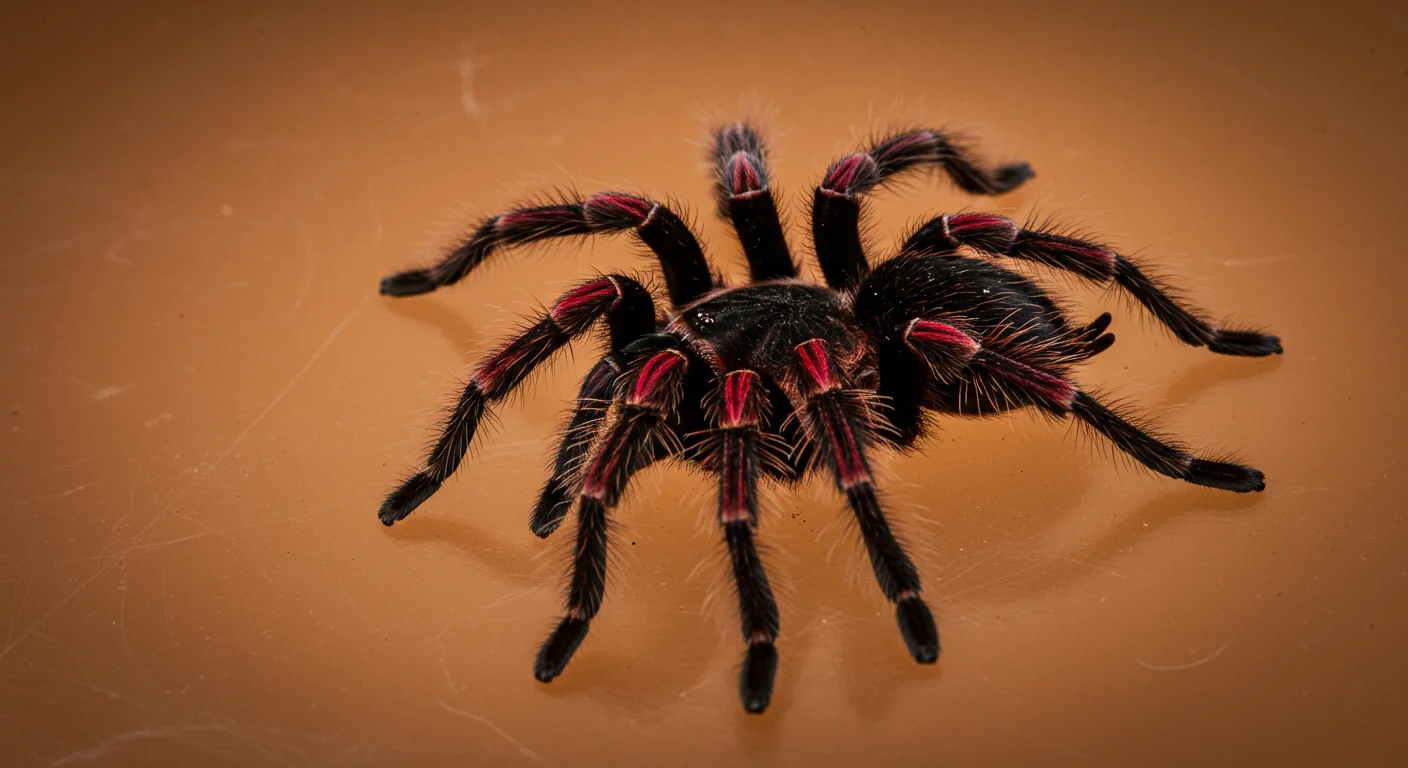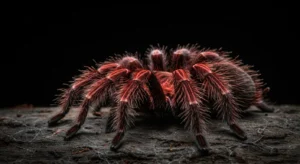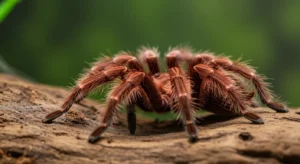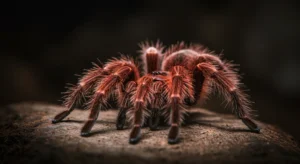Traveling with Your Chilean Rose Tarantula: Tips for a Safe Journey
Introduction: Arachnid on the Go?
Moving house, extended stays away from home, or attending reptile shows might necessitate traveling with your Chilean Rose Tarantula (Grammostola rosea). Unlike companion animals like dogs, traveling can be highly stressful and potentially dangerous for a tarantula if not managed correctly. Ensuring a safe and secure journey requires careful planning and specific precautions tailored to these sensitive creatures.
Is Travel Necessary? Minimizing Stress
Before planning a trip, consider if transporting your tarantula is absolutely necessary. Tarantulas thrive on stability and routine. They can typically be left alone for a week or two with access to fresh water, provided their enclosure is secure and climate conditions are stable (or managed by a pet sitter checking temps/water). Travel should be reserved for essential situations like moving home. Reducing unnecessary transport is the best way to minimize stress.
Preparing the Travel Enclosure
The tarantula’s regular large enclosure is usually unsuitable and unsafe for travel. A temporary, smaller, secure container is required.
- Container Choice: Use a small, robust plastic container (like a deli cup or critter keeper, appropriately sized for the tarantula) with secure locking lid and small ventilation holes. Choose a size slightly larger than the tarantula’s leg span to minimize movement but allow some turning space.
- Substrate Padding: Line the container with lightly dampened paper towels, sphagnum moss, or a very shallow layer of its usual substrate. The goal is cushioning and preventing dehydration, not deep substrate for burrowing.
- Remove Hard Objects: Do not include water dishes, hides (like cork bark), or any heavy decorations in the travel container. These can shift during transport and injure the tarantula.
The primary goal of the travel enclosure is safety and preventing injury from bumps and jolts. Less is more.
Securing the Tarantula
Gently transfer the tarantula from its main enclosure into the prepared travel container using the brush method (gently coaxing with a soft brush) or a catch cup. Avoid handling directly. Ensure the lid is securely fastened, potentially taping it for extra security (ensure ventilation holes remain unobstructed).

During the Journey: Climate Control & Stability
This is the most critical part of transporting tarantulas safely.
- Temperature Stability: Avoid extreme temperatures. Never leave the tarantula in a hot or cold car. Use insulated bags or boxes (like a styrofoam cooler) to buffer temperature fluctuations. If necessary for longer trips in cold weather, a heat pack *can* be used, but it MUST be placed outside the travel container, within the insulated box, with padding in between to prevent overheating. Monitor temperatures closely.
- Minimize Vibrations/Jolts: Secure the travel container within the vehicle so it cannot slide or tumble. Placing it inside the insulated box adds another layer of protection. Drive smoothly.
- Avoid Direct Sunlight: Keep the container out of direct sunlight.
- Limit Duration: Keep travel time as short as possible.
Legal and Airline Considerations
Transporting invertebrates, especially tarantulas which some perceive negatively, can have legal implications.
- Check Regulations: If traveling across state or country lines, research any regulations regarding the transport of exotic animals or specific arachnids like tarantulas. Some jurisdictions may have restrictions.
- Airline Policies: Most airlines have strict policies regarding animals in the cabin or cargo hold, and many prohibit invertebrates like tarantulas entirely. Assume you cannot fly with your tarantula unless you have explicit written permission and understand their specific (and likely complex) requirements. Shipping via specialized overnight services that handle live animals according to IATA Live Animals Regulations is often the only viable option for long distances.
Never attempt to sneak a tarantula onto a plane or across borders without checking regulations. This can lead to confiscation and legal trouble.
Conclusion: Careful Planning is Key
Traveling with a Chilean Rose Tarantula is possible but requires meticulous planning and preparation to ensure the animal’s safety and minimize stress. Use a secure, appropriately sized temporary container, maintain stable temperatures, prevent injury from movement, and be aware of any legal or transport provider restrictions. Whenever possible, avoid travel, but if it’s necessary, prioritizing the tarantula’s well-being through careful execution of these steps is paramount.
Reference concept influenced by IATA Live Animals Regulations principles.














